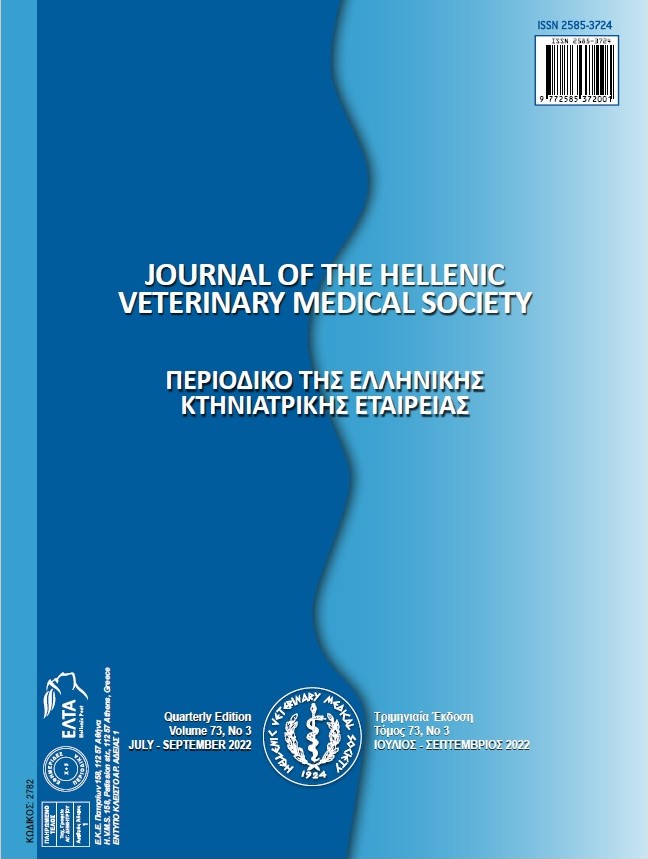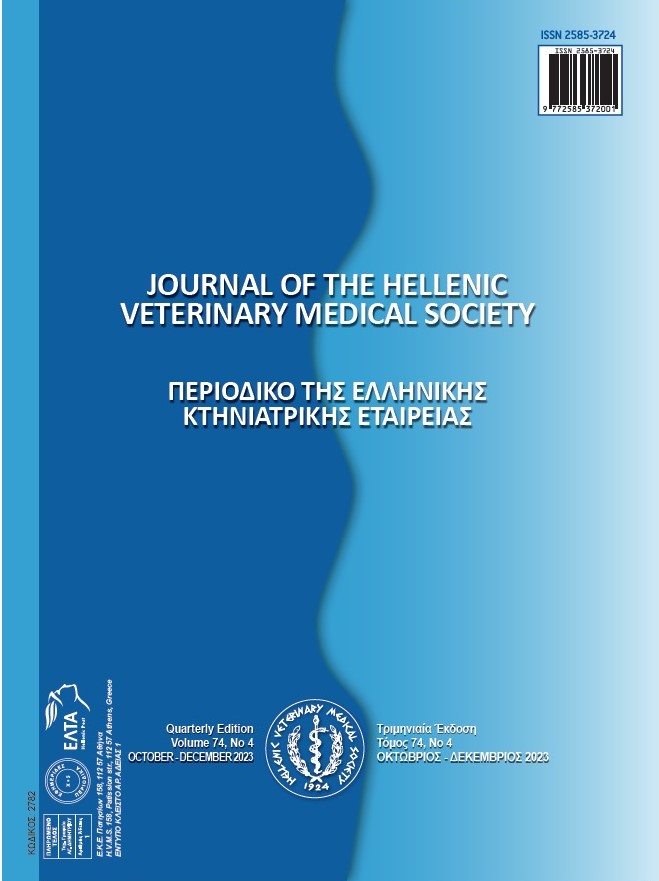Addition of Japanese mint volatile oil (Menthaarvensis) to post weaning Saanen Kids: I. The effects on growth performance, rumen parameters, fecal characteristics and fecal microbiology

Abstract
The aim of this study was to evaluate the effect of adding Japanese mint volatile oil (M. Arvensis) to the feed or orally drinking on growth performance, rumen parameters, fecal characteristics and fecal microbiology of Saanen kids. Twenty-four male and female kids 60 ± 5 d age and 11.43 kg body weight (BW) were randomly divided into three groups (n = 8). Japanese mint volatile oil was not added to the control group. In the research, Japanese mint volatile oil was added to the feed at 200 mg/kg level to the first experimental group and given to the second experimental group by drinking it directly. Kids were weighed at the begining and ending of the study. Rumen and fecal samples were collected ending of the study. While pH, NH3N, volatile fatty acid (VFA) and protozoa were examined in rumen content, pH and microorganism population were examined in fecal content. There were no differences (P>0.05) in live weight (LW), live weight gain (LWG), average daily gain (ADG), daily dry matter intake (DMI) and feed conversion ratio (FCR) between the control and experimental groups. There were no differences in the rumen pH, faecal pH, rumen NH3N and faecal score of the control and experimental groups. In the study, there were no significant differences between the control and experimental groups in terms of faecal microorganism population, while salmonella was detected in one of the control group faecal sample. Adding Japanese mint oil to kids caused significant decreases in rumen isobutyric acid (P<0.05), butyric acid (P=0.003), isovaleric acid (P=0.005) and total VFA (P< 0.05) values. It was determined that the use of Japanese mint by adding to the ration in kids caused a significant decrease (P=0.004) in the distribution of entodinium and a significant increase (P≤0.001) in the distribution of epidinium from rumen protozoa. The use of mint oil by drinking and adding to the feed caused a significant difference in the total number of protozoa. A significant increase (P≤0.05) in the total number of protozoa was detected with the addition of Japanese mint oil by drinking. In this study, it was determined that the addition of Japanese mint oil to the kids showed a positive trend on the ADG parameter. Also, the decrease in the number of pathogenic microorganisms E.coli and Salmonella of Japanese mint oil in this study supports the antimicrobial effect of previous studies. In summary, the results of this study show that Japanese mint, which is natural and does not carry residual risk, can contribute to performance and support health criteria in kids after weaning.
Article Details
- How to Cite
-
Yeşilbağ, D., Kırmızı, B., Cetin, I., & Cetin, E. (2024). Addition of Japanese mint volatile oil (Menthaarvensis) to post weaning Saanen Kids: I. The effects on growth performance, rumen parameters, fecal characteristics and fecal microbiology. Journal of the Hellenic Veterinary Medical Society, 75(1), 6839–6846. https://doi.org/10.12681/jhvms.32460
- Issue
- Vol. 75 No. 1 (2024)
- Section
- Research Articles

This work is licensed under a Creative Commons Attribution-NonCommercial 4.0 International License.
Authors who publish with this journal agree to the following terms:
· Authors retain copyright and grant the journal right of first publication with the work simultaneously licensed under a Creative Commons Attribution Non-Commercial License that allows others to share the work with an acknowledgement of the work's authorship and initial publication in this journal.
· Authors are able to enter into separate, additional contractual arrangements for the non-exclusive distribution of the journal's published version of the work (e.g. post it to an institutional repository or publish it in a book), with an acknowledgement of its initial publication in this journal.
· Authors are permitted and encouraged to post their work online (preferably in institutional repositories or on their website) prior to and during the submission process, as it can lead to productive exchanges, as well as earlier and greater citation of published work.






